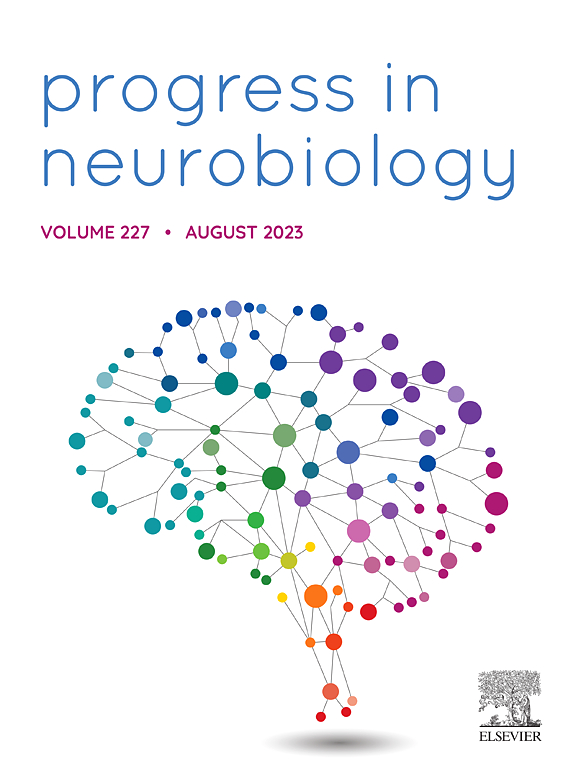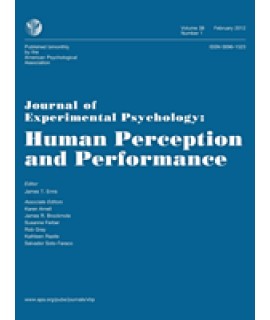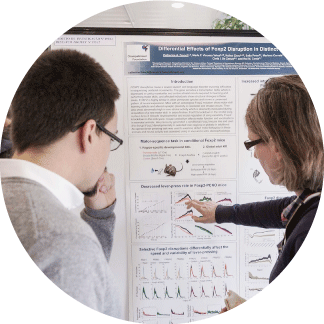News
Top Stories

Does your dog have social skills?
A study suggests that viewing the owner’s face works as a positive social reinforcement for dogs. Learn more about this and other surprising results about “man’s best friend”.
News

Connectivity between premotor and motor cortex impacts inter-areal communication
The paper Changing connectivity between premotor and motor cortex changes inter-areal communication in the human brain was published in the journal Progress in Neurobiology in the scope of the research project 44/16 - Inducing and measuring plasticity in response control mechanisms in the human brain, supported by the BIAL Foundation and led by Alejandra Sel de Felipe. It has been suggested that the efficacy or strength of connections between neuronal groups influences the communication strength between brain regions. The research team tested this possibility in the human brain by using manipulations that have been established to either increase or decrease connectivity strength in a human cortico-cortical pathway, the route connecting ventral premotor cortex (PMv) and primary motor cortex (M1) and demonstrated that changing short-term synaptic efficacy of the PMv-M1 pathway changes interregional brain communication between the premotor and the primary motor control regions. Moreover, increasing PMv-M1 coupling strength leads to increased beta and alpha coherence, while decreasing PMv-M1 coupling strength results in decreased theta coherence.

Are near-death experiences (NDEs) and psychedelic experiences alike?
Pascal Michael and colleagues aimed to analyse the similarities and differences between an NDE while in a coma and the experience induced by an endogenous psychedelic drug (5-Methoxy-DMT). There was a very high level of comparability between the original NDE and psychedelic experience in general, emerging common themes, such as, space-time transcendence, ego dissolution, cosmic love. However, there were also a few unique themes (life review, meeting deceased loved one, and threshold of no-return) that emerged in the NDE and were not present in the psychedelic experience. Despite the convergences observed in several domains, according to the participant’s subjective appraisal both experiences are almost completely different. To know more about this study, read the paper This is your brain on death: a comparative analysis of a near-death experience and subsequent 5-Methoxy-DMT experience published in the journal Frontiers in Psychology, in the scope of the research project 359/18 - DMT and Epileptiform activity as an integrative model of the Near-Death Experience: A phenomenological, psychometric and psychophysiological study, supported by the BIAL Foundation.

Is motor-response execution part of the decisional process?
Michele Scaltritti, principal investigator of the research project 79/20 - Redefining the boundaries between cognition and action through the psychophysiological investigation of binary decisions, supported by the BIAL Foundation, published in the Journal of Experimental Psychology: Human Perception and Performance the article Redefining the Decisional Components of Motor Responses: Evidence From Lexical and Object Decision Tasks. The research team aimed to evaluate whether motor-response execution is or is not part of the decisional process. They have exploited the electromyographic (EMG) signal to partition the reaction time (RT) into a premotor time (PMT), capturing the time from stimulus onset until the onset of the EMG activity, and a motor time (MT), reflecting the time from the onset of the EMG burst until the button press, to assess whether decision processes terminate before response initiation or, instead, whether they are still at play during motor-response execution. The results supported the latter perspective, that is, motor-response execution is not segregated from ongoing decisional dynamics.





